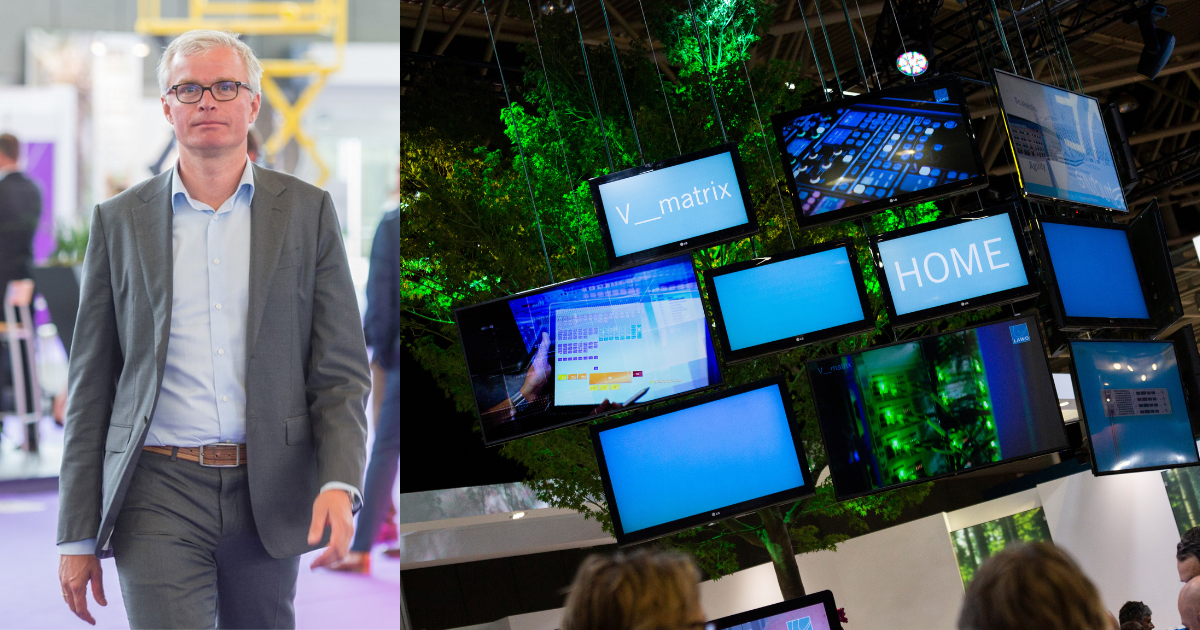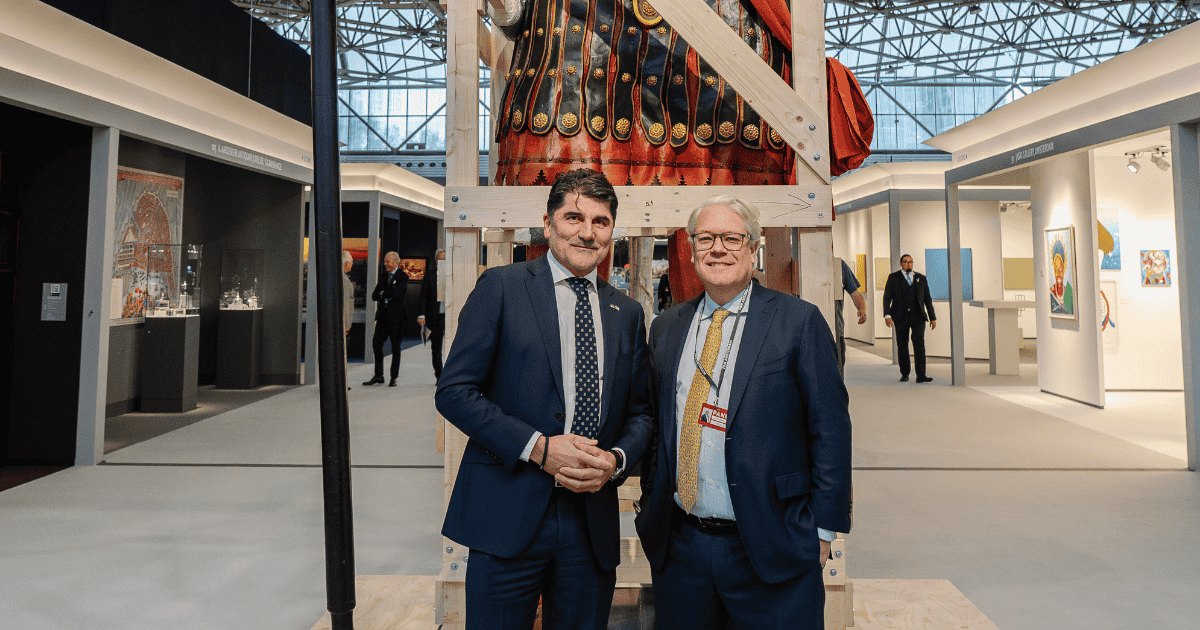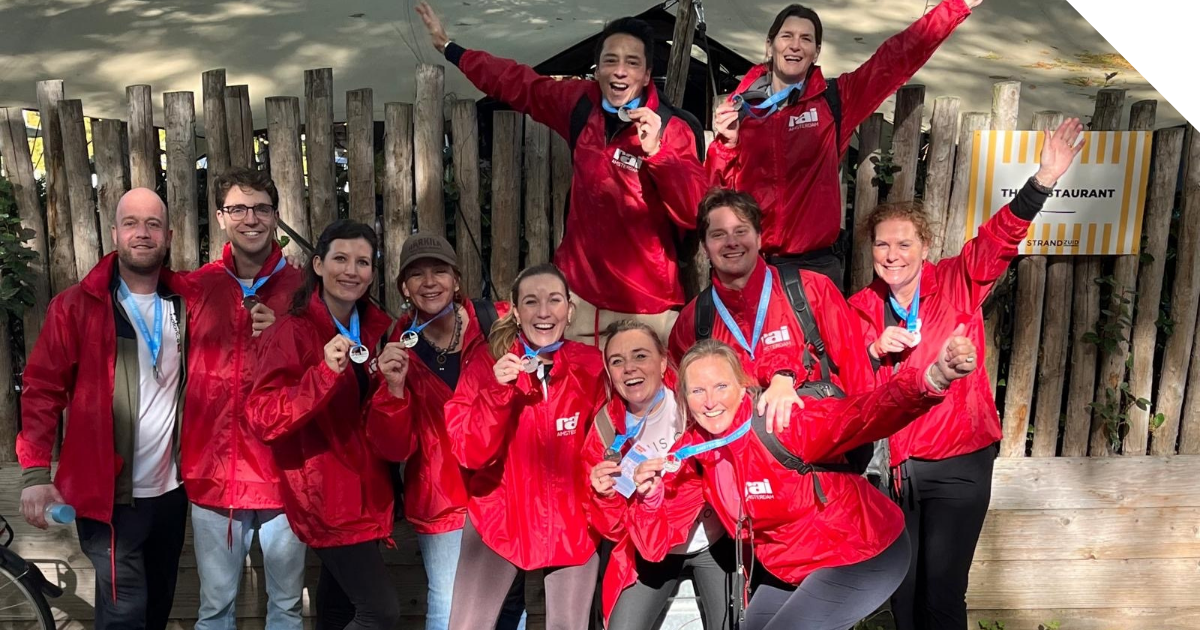De drie digitale succesfactoren voor elk evenement
Connectivity, content and security are currently the main digital components of every event. Bret Baas, Manager IT & Digital at RAI Amsterdam, explains how organisers can work with the venue to offer participants the best possible experience.
Bret Baas is responsible for the office automation, connectivity and digital solutions for events in RAI Amsterdam. He shares the three main digital success factors for events today and how a venue like RAI Amsterdam approaches them.
Connectivity
Everyone is connected to each other at all times and this fact is more applicable to events than ever. Exhibitors expect flawless connectivity for their working environment, stand presentation, interaction with visitors and more. Visitors may wish to use the exhibition app to make digital contact during the event in various ways. All this communication has to take place without a glitch, and it should be fast and safe. A short connectivity downtime can disrupt the entire exhibition experience. That is why we have a comprehensive Cisco network which meets the very latest requirements. We invest a great deal in this every year. With regard to Wi-Fi, we recently switched to WIFI6 which means we are ahead of the wireless game too. And we have a professional team that understands the complexity of events.
More content platforms
The nature of events is changing. Exhibitions increasingly revolve around content, and conferences and exhibitions are converging. Visitors expect different types of content via various channels. This means that events should include a good, user-friendly platform to facilitate content. We have such a platform for the RAI’s own events such as Horecava and GreenTech. This ensures and moderates relevant content, including organising webinars, streaming parts of the programme and producing new content throughout the year.
The RAI supports its external partners in this too, by providing an in-house studio and sharing our knowledge and network. Doing business with the RAI means doing business with its entire network. We link people to the city, universities and other stakeholders, providing the ideal inspiration for creating highly valuable content.
Safety
Visitors must pass through detectors at some events and are visually checked in a friendly yet resolute manner before being allowed access. Safety comes first… And that safety increasingly includes data. A conference or exhibition often spans several days and the digital environment must operate optimally throughout. In addition, the data passing through our network must remain fully secure. To what extent it should be secured is discussed in detail with the organiser. What does the event entail, what is its topic, and who are its visitors? This all has a great impact on the risk level. Hosting a hackers’ conference involves very different risks than a teachers’ congress. Among the events where we pull out all the stops is IBC, the International Broadcasting Convention. This is technically speaking one of the most heavy-weight conferences around. We closely consult with the organisers on issues such as cybersecurity, incident management and scenarios for what to do and when. A lot more data passes through our lines during such an event – and it isn’t necessarily all good data. We actively monitor the network and traffic. By blocking unwanted traffic and analysing conflicting behaviour we keep this and all events safe.


